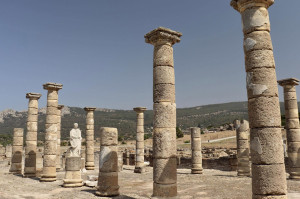
Travel Landscape Photography, an Interview with Kristar Burton
Photo by Kristar Burton
This post may contain affiliate links which means Trip Scholars may make a small commission (at no extra cost to you) if you make a purchase. As an Amazon Associate I earn from qualifying purchases. Read more here. Thanks for helping us keep the lights on!
Travel landscape photography is one of the greatest pleasures of many trips. Today I am delighted to share the advice and thoughts of one of my favorite nature photographers, Kristar Burton. He explains how to enhance your skills and develop your eye long before you leave so that once you are traveling, you can capture your very best nature photos.
Kristar primarily photographs nature in the Pacific Northwest, where I also live. The region is beautiful so both locals and visitors take many pictures. I see lovely images of water, mountain, and forest landscape photography every day. But when I see Kristar’s, I stop what I am doing and really take in the photos. They are stunning and immerse me in the scene. For years I have wanted to how he is able to capture the essence of his locations and share such powerful photographs with us.
He generously answered my questions to help other travel landscape photographers improve their own photography skills. You can start implementing his practical guidance today. Follow his advice to bring home photos you will treasure for a lifetime!
TS: What appeals to you most about travel landscape photography?
KB: What originally drew me to landscape photography and still keeps me coming back today is the way it helps to enhance my experience of being out in nature. I’ve always loved being outdoors and experiencing the amazing beauty I’ve been fortunate enough to live around.
What advice do you have for travel landscape photographers to improve their skills locally before they leave on a trip?
Become familiar with your photography equipment, even if you’re only planning to use your phone for capturing images while traveling. Important features would include focus, zoom, shutter speed and aperture adjustments.
Important gear to consider includes camera, lenses, tripod, carrying case or backpack. The more comfortable you are with your gear, the more likely you’ll capture the special moments on your trip. Who knows when (if ever) you’ll have a chance to experience those locations and conditions again?
Consider your planned activities and what gear is realistic and optimal for your plans. Will you be focusing on photography or other activities, will you be alone or traveling with others who may not be as interested in photography, how much walking/hiking will you do and how much are you comfortable carrying with you? Security is another consideration – carrying lots of expensive photography equipment can make you a target for theft.
A little practice and familiarity with your gear will give you a much better chance of capturing that spontaneous moment.
What resources do you recommend for improving photography skills?
There are many online courses, books and websites out there for all sorts of interests and skill levels. I personally learned by practice and by reading magazines early on.
There are also an extraordinary number of video tutorials on YouTube that can be very helpful. My recommendation is to just search for tutorials based on your particular interest. If you follow popular photographers on social media, odds are some of them may even have their own channels where they share tips on a regular basis. This is a good way to learn and find inspiration as well.
I haven’t had much formal photography training to speak of, but have attended a few workshops over the years. I do find workshops to be a great way to learn and become inspired, as well as to meet new people with similar interests.
Another option is Meetup groups – I joined a couple groups based on my interests in photography and hiking, and these have also helped to expose me to more locations, as well as make new friends to get out with for photo excursions.
Also, while I know it can be a controversial topic, I do find that social media can be very helpful in gaining inspiration and meeting new photographers. I’ve made several photographer friends in the past couple years through direct messaging on Instagram, and then eventually meeting up around town for sunrise or sunset shoots. I’m constantly learning from friends and fellow photographers.
What are your favorite resources for planning your landscape travel photography trips?
To prepare for photography trips, I always do a bit of research using various mapping and weather tools.
I highly recommend Windy as a weather app for determining the most promising days for sunrise.
I use PhotoPills for finding great locations to watch sunrise, sunset, moonrise or moonset. It can show you precisely where the sun or moon will appear based on time of day/month/year, and will indicate the distance to and elevation from objects. It will even tell you the relative size the moon will appear in comparison to Mt. Hood for example.
I also use Google Maps extensively for charting my course and identifying promising locations to photograph. Facebook can also be very helpful for determining current conditions at certain locations.
If you join local or regional groups, you will often see posts of the latest wildflower conditions, snow conditions, trail conditions, etc.
One thing I find very helpful personally is having access to my personal portfolio via Lightroom CC (mobile) – this allows me to have access to my photo library, including when I captured the images, as well as the camera settings I used.
You often capture the essence of a place in your landscape photography. What is your thought process behind that?
I don’t typically have a message that I’m looking to convey as much as I’m trying to capture the sense of beauty that I experienced in that moment. I will usually have some sort of composition in mind when going to a location I’ve been before or where I’ve seen images taken by others.
However, it’s not unusual for my favorite images to be something I hadn’t thought of at all before arriving. Sometimes the conditions won’t work out for my initial plan, such as when fog rolls to block that epic sunrise. In those cases, I may be inspired by a moody image involving a smaller scene with a tree or even just a single fern frond. I don’t tend to give up right away since it usually takes a bit of effort to get to my destination in the first place.
So much of your fine art landscape photography is stunningly composed! How do you decide on your shooting locations?
I find a good amount of inspiration from reviewing my feeds on social media, as well as from doing research online based on my interests. It’s easy to get seasonal inspiration from Instagram and Facebook with all the people out and about at the popular locations. This helps to know when to get out for such things as spring and summer wildflowers, Fall colors, winter snow conditions, etc.
You can also use app’s like AllTrails to get ideas for trails in the area. These apps often include the ability to search for hikes based on subjects like waterfalls, wildflowers, Fall colors, and allow you to filter based on distance and difficulty level. Even a simple Google search on your destination will quickly provide tips on locations or subjects of interest with lots of photos for inspiration.
How important is it to plan your day around lighting?
Lighting is huge with landscape photography. I personally really enjoy sunrise and sunset photography, so do make an effort to plan for those opportunities. Golden hour can be amazing, but also consider even earlier or later times for blue hour. This occurs before golden hour in the morning and after golden hour in the evening, and allows for some unique lighting when lighting is very even across the scene. Blue hour can be great for capturing full moon for example. Mid-day lighting can be very harsh and contrasty, so planning more activities where photography isn’t the main focus during mid-day can work well.
If you are traveling with others who aren’t as into photography as you, getting up early for sunrise can be a great compromise. You get to enjoy your photography during some of the best light, and the others get to sleep in.
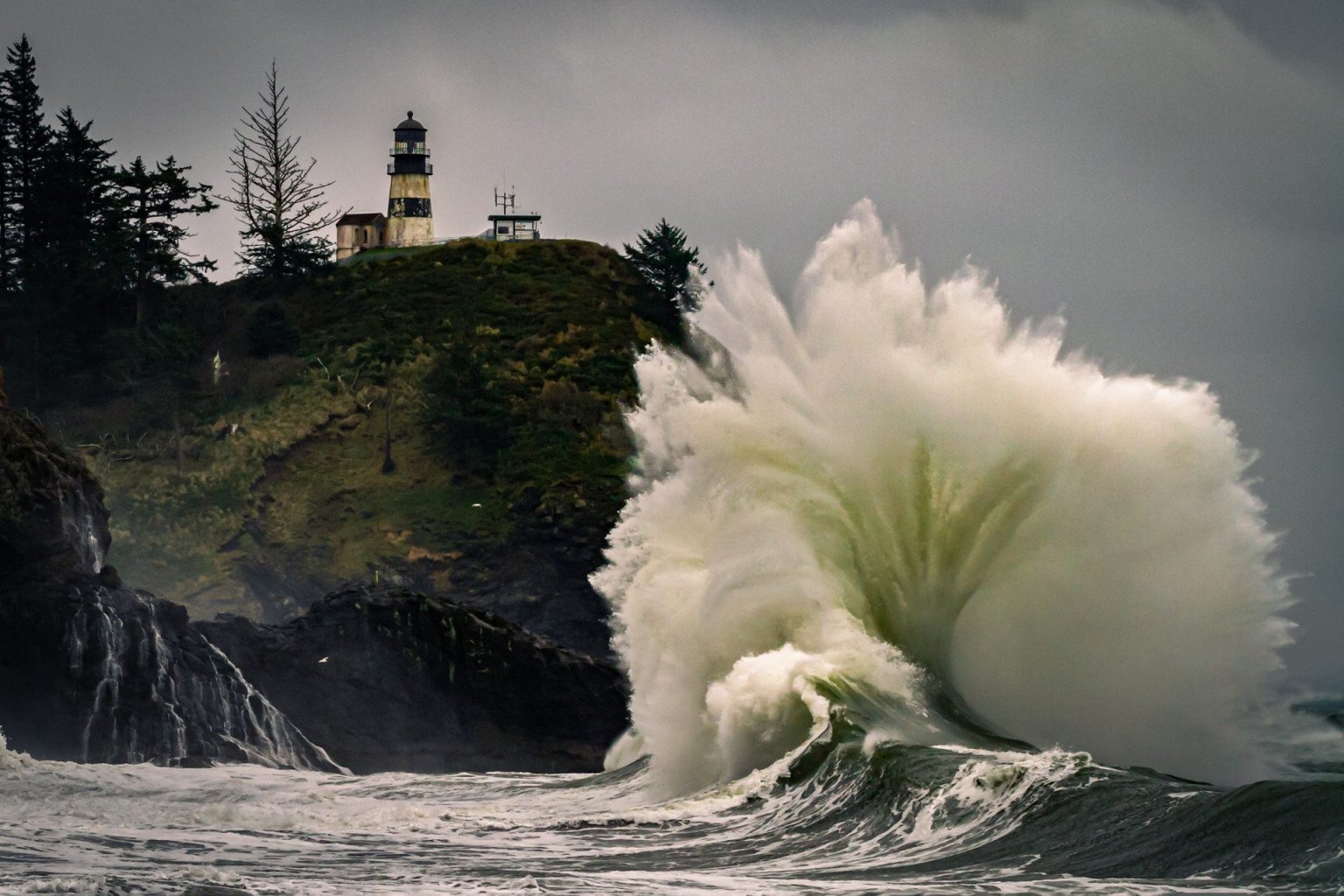
Your photographs of water are some of my favorites! Do you have advice for improving coastal landscape photography and photography of water in general?
Waterfalls were probably the first subject that really got me excited about photography. The first time I saw an image of a waterfall with that super smooth dreamy look, I was hooked. A little research told me that shutter speed was what controlled that look. My first waterfall shots were taken in the film days, so my experimenting took a bit more time than it does these days. With digital, you can take a dozen shots at different exposures to dial in just how you want the water to look.
There are a few things to consider besides just speed though. The lighting makes a big difference. For example, on a bright sunny day at noon, you are going to most likely have some harsh shadows that can make for a less desirable effect. Most waterfall photographers get excited at overcast or even foggy conditions to give that soft even lighting feel, with strong color saturation. Some people really love that super long exposure look, while others are more interested in capturing the flow and textures of the water with a faster shutter. I highly recommend experimenting with multiple shutter speeds, so you have the best chance of getting the shot that best suits your tastes.
There are also other ways to make water scenes interesting. For example, catching light beams when the sun breaks up through the trees at the low angles of early morning or late afternoon – this can make for some stunning images.
Use of a polarizing filter can also help to reduce glare and bring out colors and textures from underneath the water’s surface. The polarizer will also slow the light down by a couple stops, which can help to smooth the water out during brighter conditions.
When considering long exposures, it’s important to know the basics around how aperture and ISO settings impact the shutter speed as well.
One more way to lengthen the exposure is by using a neutral density filter. This can darken the scene by anywhere from 3 up to 10 stops or more, depending on the filter.
Do you have any tips on the best landscape photography gear?
The one piece of advice that has always stuck with me is that the best camera is the one you have with you. If you have 20 pounds or more of gear with a large DSLR and multiple lenses, you are less likely to have that with you at all times. Your phone is always with you. If you are picky about your images, I recommend investing in a phone with a decent camera, as you will always have that with you.
I personally use Canon for my main camera, and have a selection of lenses that cover the range from wide to telephoto (17mm – 300mm). I’ve used Canon for a couple of decades now, just because that’s where I started out with Digital. The investment in lenses will be more than the camera bodies over the years, so I’ve just ended up sticking with Canon. That said, I know Sony and Nikon are also very popular, and Fuji has picked up a bit recently as well.
I recommend going to an actual camera store and holding the different cameras in your hands to figure out which feels the best to you. You can’t really go wrong with the big names these days.
I like to have 2-3 lenses that cover the range I’m most likely to need based on my plans. For me this is covered with three lenses: 17-40mm, 24-105mm, and 70-300mm.
I am able to pack all three lenses along with the camera body in a single sling back that easily rotates around for quick access. I use this most often for those quick trips where I’ll be staying around town or close to my car. I also have a mid-sized photography pack that I use for hiking. This holds all my camera gear plus room for a first aid kit, extra clothing layers, water and food.
There are many great YouTube videos on backpack recommendations, but it really comes down to what you will use it for.
Travelers often pack light. Do you have any tips on how to decide on the essential landscape photography gear to bring?
Be clear about your expectations regarding photography. If you are traveling with friends or family who aren’t as interested in photography, you may want to limit the gear you bring so you’re more engaged with the others.
On the other hand, if you are taking a trip where photography is the focus, you’ll want to make sure you have all the gear you think you’ll realistically need. Keep in mind that zoom lenses tend to cover your bases with less volume and weight than fixed focal length lenses. If you aren’t expecting to shoot wildlife, consider leaving behind that 600mm telephoto lens. Also, consider a travel tripod to reduce size and weight. I don’t have one yet, but I know friends who use and love the new Peak Design tripod that packs down to the size of a large water bottle.
Travelers often only have their phone with them. Do you have any tips on taking great landscape photos with your phone?
I get some of my favorite images using my phone’s camera. I definitely recommend spending a bit of time getting to know your phone’s camera settings. Most people just point and click with their phones, and wonder why they aren’t getting the same results as others.
Many phones now have two or more lenses these days, which helps to expand your options from wide angle to a modest zoom. I recently upgraded to the latest iPhone largely for the better camera and lenses. I’ve appreciated the longer zoom capability, and have also been having fun with the wide-angle lens for some creative angles.
You should learn how to focus and adjust lighting on your phone, which is as simple as touching the screen where you want to focus, and touching then pulling up or down on the screen to raise or lower the light levels.
Your phone can be used in HDR mode to automatically blend multiple images for more balanced lighting (less contrast). Not everybody likes this, so make sure you experiment with the settings to confirm your preference.
Also, editing can make an important difference, even with phone shots. Take the time to learn how to use editing apps on your phone, even if just the built-in editor. There are lots of great tutorials online specific to different phone models, so do take some time to check those out as well.
Can you describe your workflow?
I use Adobe Lightroom and Photoshop for editing. My typical workflow is as follows:
I capture photos in camera using RAW setting, which allows for more flexibility during editing. For example, I will have more ability to bring up the shadows with a RAW file than with a JPG file.
I import photos from the memory card directly into Lightroom, and check to see if I’ll need to do much cleanup (i.e., spots or unwanted signs, people etc.). If little cleanup is needed, I’ll stay in Lightroom to do my editing. If much cleanup is needed, I’ll open the image in Photoshop from Lightroom for the touchup. I’ll then save the image and return to Lightroom to complete my edits, including lighting optimization and color correction/enhancement.
For phone images, I’ll import these directly into the Lightroom mobile app on the phone. I can either do all edits directly on my phone or finish editing later on my PC or iPad with Lightroom and Photoshop.
How long have you been a photographer?
I’ve been interested in photography since the first time I had access to a point and shoot camera back in the film days. It was mostly something I did when out on vacation. Eventually I received an SLR camera as a gift after moving up to Oregon, and that really got me excited about photography.
I’ve gone through waves of interest over the years as changes in life and technology have come along. When I became a father, my focus changed to capturing images of my children and other family members, especially during the early years when they were more willing subjects. I always maintained an interest in capturing landscapes though when out hiking in the PNW.
How did you get into landscape photography specifically?
Landscape is really where it started for me. Landscape photography was a natural marriage of my love for nature and exploring the outdoors. I had taken snapshots of people and places before to document events, but photography never really connected with me until I started seeing photographs as art. It started small with trying to capture scenes that caught my eye while out camping or hiking. Eventually, I started noticing that more of my photos were of nature and landscapes than of people. At some point, I started buying outdoor and nature photography magazines, which added inspiration for getting out into more beautiful places with my camera. My photographic interests took a detour after the birth of my first child, when my focus turned to capturing moments in her early life. This shift continued through the birth of my son and continued until the introduction of affordable digital cameras.
I purchased my first digital camera in 2001 when the first consumer grade versions came on the market. At that point, you could only realistically purchase point and shoot digital cameras, as a DSLR was going for ~ $30,000. The novelty of digital was a big boost to my interest in photography given the immediacy of seeing the images in real time. The instant gratification of being able to see the image played back right after taking it was huge, plus I no longer had to pay for film or development.
Since those early cameras had a lot of shutter lag, it caused me to focus more on still shots or long exposures, which lent better to landscape photography than candids of my children. A couple of years later in 2003 I was able to afford my first DSLR (a Canon 10D), which was another game changer. Removing the shutter lag meant that I was able to have a more rounded and fun photography experience, bringing sports and wildlife photography back into play.
Among your own works, what are some of your favorite photos?
It’s hard to say which are my favorite photos, but a common theme I notice is that they tend to involve waterfalls or the ocean. I grew up spending a lot of time in water, so I definitely feel most at home and at peace near water.
I also notice that some of my favorite images are of scenes that are no longer accessible or no longer look the same. For example, I have a series of images from Punchbowl Falls in the Columbia River Gorge that I really like. Due to the 2017 Eagle Creek fire, the trail is not accessible and the area surrounding the waterfall may never look the same again in my lifetime. I also have an image of Wahkeena Falls that I love with the stream flowing down below the lower bridge. The lower bridge is special to me since it’s where my wife and I had some portraits taken just before our wedding nearly 30 years ago. That same bridge is now overgrown with shrubs and small trees, so the same composition looks completely different.
Looking at some of my more recently taken favorites, I’m seeing a common theme being that the experiences were notable for reasons other than just the scene and the conditions. I had stronger connections with the locations due to the effort involved in getting there or the shared experience of being there with good friends. Some of my more popular sunrise shots while definitely special to me, may not evoke the same response from me months later given that I only had to walk a short distance from my car to see them.
Do you learn from photographers whose work you admire?
I definitely learn a lot from photographers whose work I admire. Early in the film days, I was definitely a big fan of Ansel Adams, but more contemporary to the time was Galen Rowell. More recently there are tons of talented photographers who I follow on social media that provide huge inspiration to me. Some who come to mind include Mark Adamus, Chris Burkard, Sean Bagshaw, Alex Noriega, Rob Visser, Cath Simard, David Thompson, and Erin Babnik. This is just a small sample of the incredible talent out there in the landscape photography community.
What are your best travel photography tips for beginners?
Since I’m still really only aspiring myself, I’m not sure I’m not in the best position to provide tips on the business end. As far as how to increase your skills and enjoyment, I’d just encourage people to follow what they enjoy. It’s easy to get caught up in the feeling that you need to follow all the trends and get out to the popular sites showing up on Instagram or Facebook. While that can be fun and even provide inspiration for a while, it can also be limiting and not always enjoyable.
I find that my favorite images tend to come from exploring new places or returning to places I love at times and under different conditions than I’ve previously experienced. I’ve also found that staying open and flexible is critical, as conditions can change on a dime. Keep your eyes open and be willing to shoot whatever catches your interest, not just what you set out to shoot or what’s currently popular online. At the end of the day, make sure you’re having fun. It’s why I continue to get out there as often as I’m able.
What is something you wish you knew before you started?
Not so much that I wish I knew before I started, but something that I’ve recently learned to appreciate more is zooming in on tighter scenes. When I started, I was always focused on getting that wide epic landscape. While I still do enjoy those big scenes, I’m really enjoying using my telephoto more often these days in landscapes.
Rather than capturing the whole waterfall, I might zoom in on the center including the bridge and a few choice leaves from a particularly nice tree. Or, I might zoom in on the mountain with the full moon peeking out from behind it. I find that tighter crops can often provide more impact than the wider shot.
Even with portrait photography I find this to be true as well. It took awhile for me to get away from including the person’s entire body and to realize that the magic of their eyes was better captured up close. One other thing I’d say is don’t forget to turn the camera 90 degrees. If you only shoot horizontal, you’re missing a whole other perspective in shooting vertical.
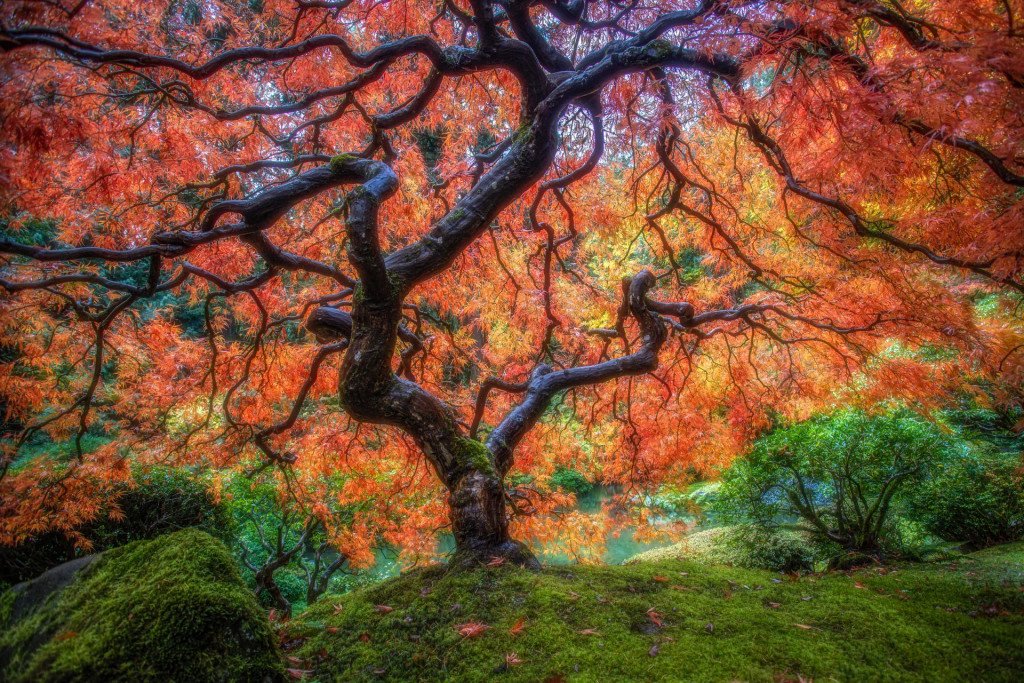
Follow along with Kristar Burton
We appreciate Kristar generously sharing his experience and advice with all of us striving to improve our photography skills. Readers who are inspired by his suggestions are sure to have better photos of their travels, a gift that will last a lifetime!
Visit Kristar Burton Photography to see Kristar’s full gallery of work. You can see many examples of his helpful guidance from the interview in throughout his site. Treat yourself or someone special with a print or digital download, his photos are available for purchase.
Delight in seeing Kristar’s stunning photography in your social media feeds! Follow him on Instagram and Facebook for inspiration.
(The interview has been lightly edited. Supplemental resources have been highlighted and many have been added to our Trip Scholars Travel Resource Library.)
I’d like to send you a free gift!
The Curious Traveler’s 5 Step Guide to More Meaningful Trips
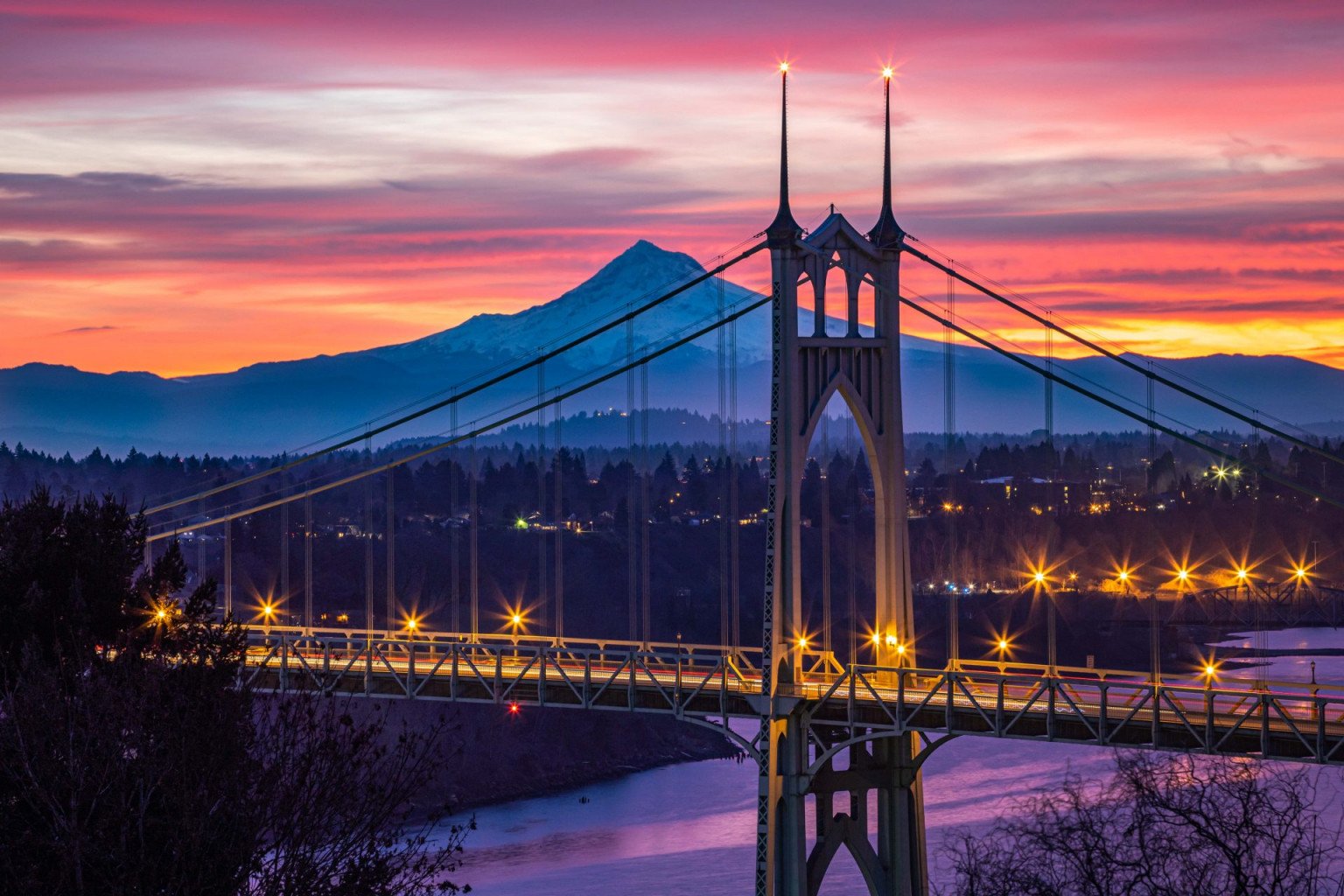
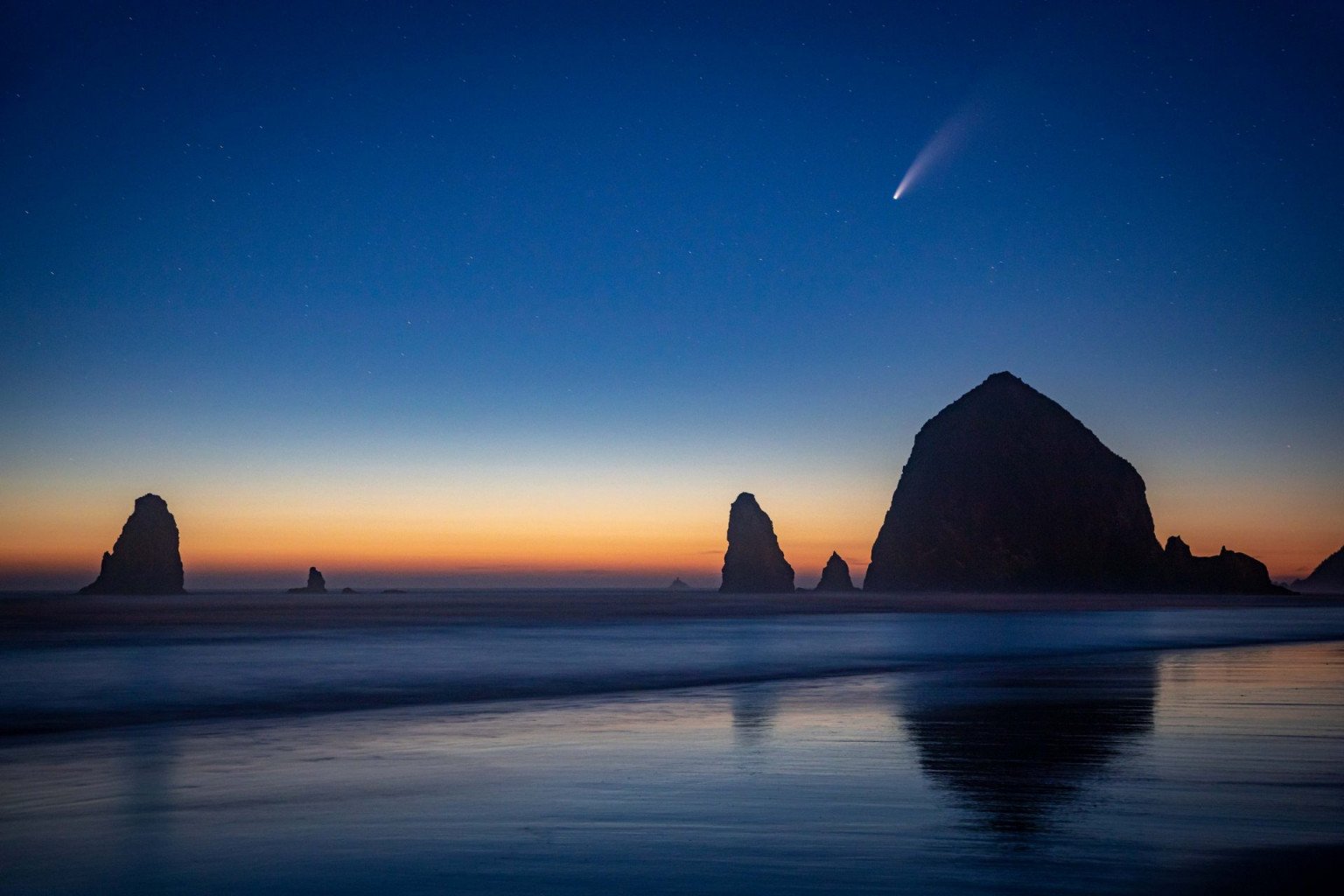
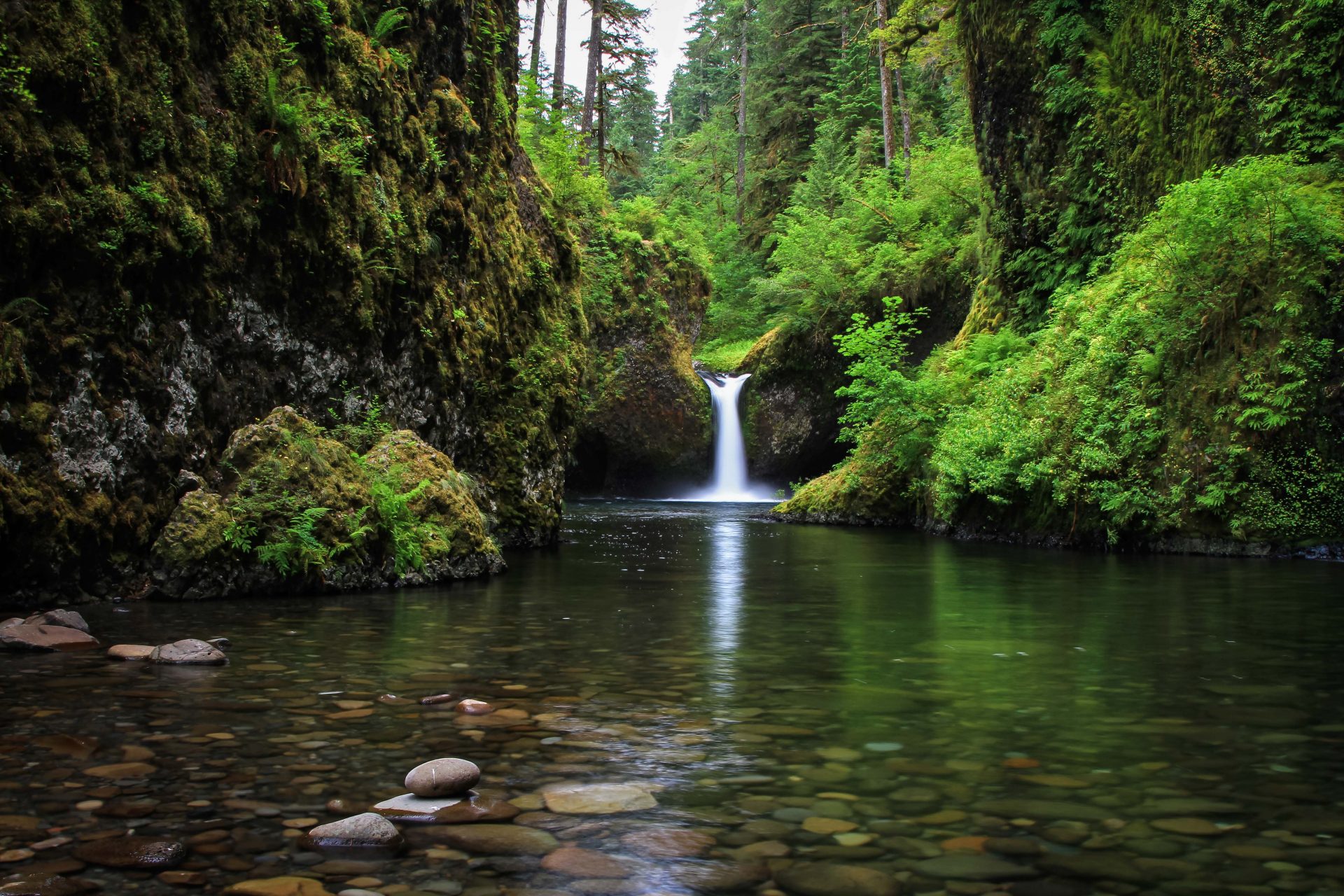
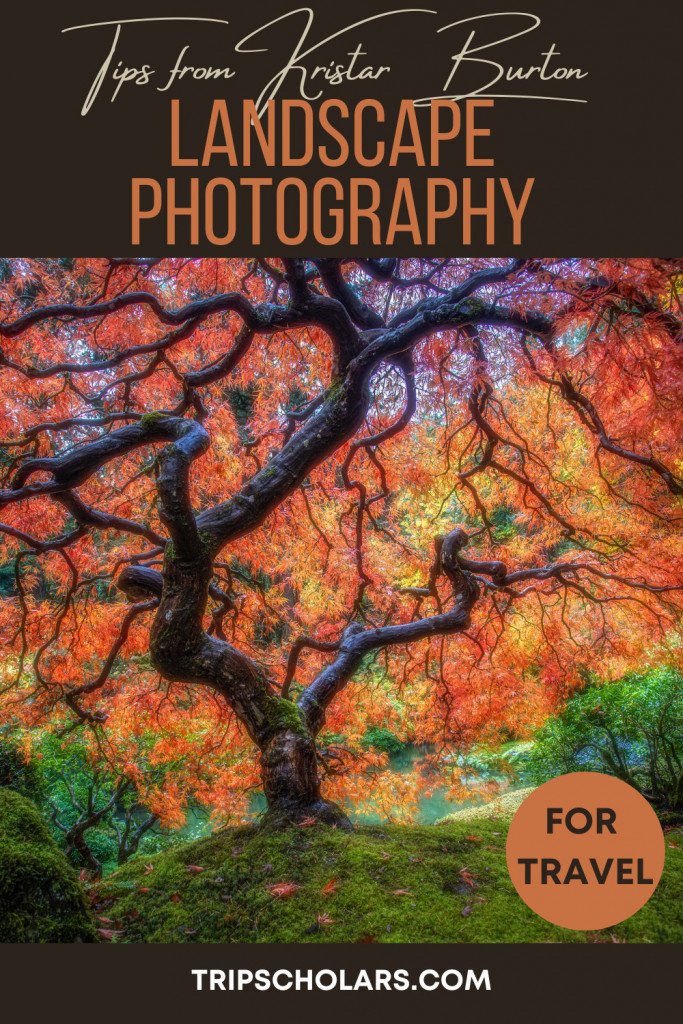
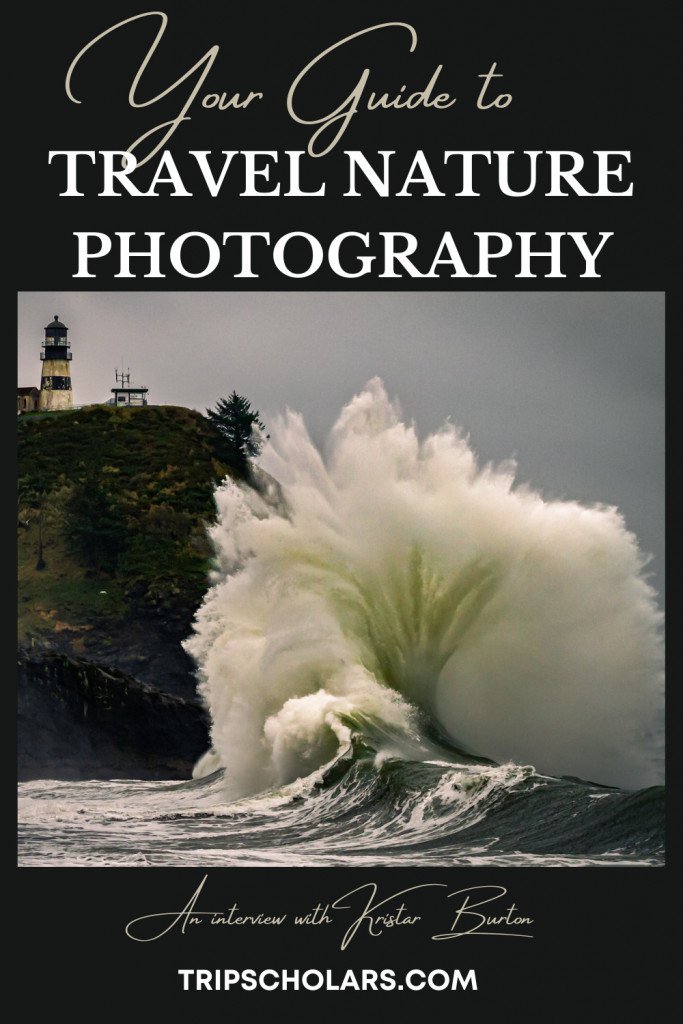
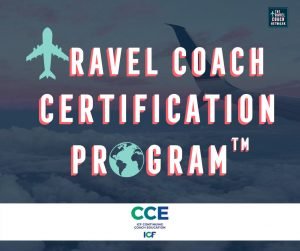


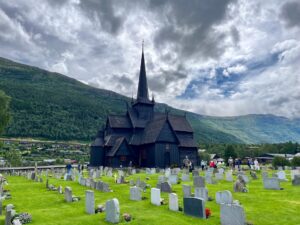
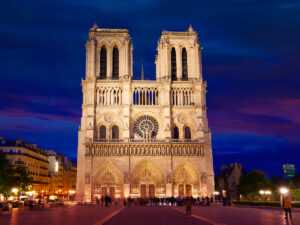
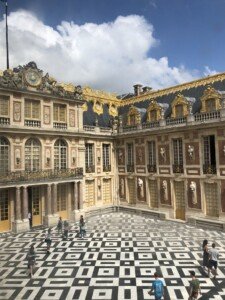
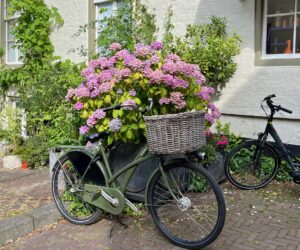
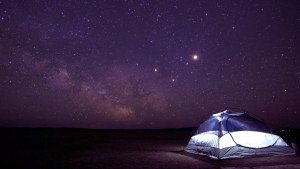
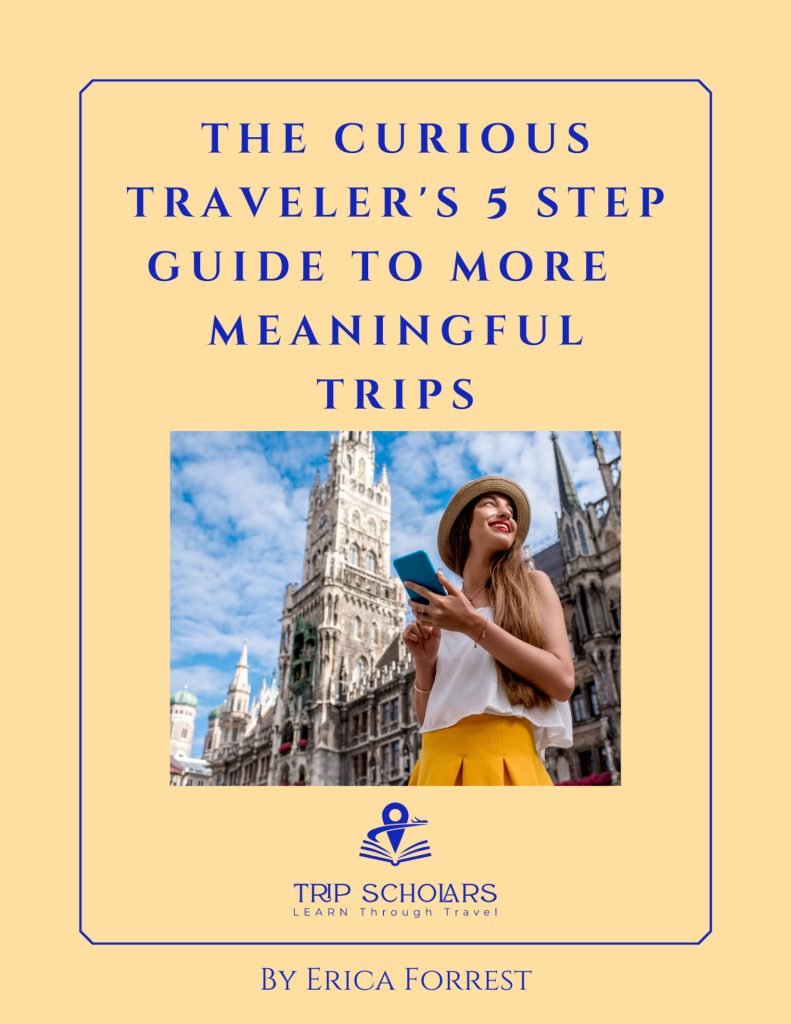
28 thoughts on “Travel Landscape Photography, An Interview With Kristar Burton”
Love this interview! I’ve been trying to work on my photography skills for a while now, and I feel like I’m slowly getting better. I love that Kristar also edits with Lightroom, it makes me think that I’m doing something right because I use it as well!
Thanks, I love it too! Improving photography skills is a lifetime journey, wonderful that you are working hard and seeing the payoff!
The meetups group tip was something I’d never considered. I’ve been working on my photography but still need a lot of help so I love all of Kristar’s tips and will definitely be putting them to use!
I am glad to hear it! I am always working on improving my photography skills too and I also got a lot of great ideas from Kristar in this interview.
Great interview! I love these tips for taking photos on your phone. I have a Nikon full frame camera + lenses, and yet I often find myself using my phone, just for convenience (and sometimes I just don’t want the weight of my camera kit on me!). Great post!
One of my favorite lines in the interview is, “that the best camera is the one you have with you!” Like you, I often just use my phone and found his tips on using a phone are especially helpful. 🙂
This was a great interview! I really enjoyed this post! Love the apps for looking up places..I will have to add those to my phone!
I am so happy you enjoyed it! The apps seem very useful. I was glad to add them to our resource library on the site and also onto my phone for personal use!
Great tips on landscape photography. That image of Cape disappointment, Washington is simply stunning! I love the tips about looking up weather and sunrise locations before heading to a destination. I will incorporate some of these tips in my mirrorless Sony camera. 🙂
I love that shot too, it captures such incredible power and beauty! I’m happy that Kristar’s tips will help you with your own photography journey!
It’s incredible to hear he considers himself still an aspiring photographer!! His images are amazing, and something I strive for. I’m super curious where that tree shot was taken. Thank you for sharing this resource/interview, I very much enjoyed it and the photos!
Thanks a lot! I am grateful he took so much time with this interview and shared such useful suggestions, I am sure it makes that effort worth his while to know that it is helpful to others. The tree photograph is from the Portland Japanese Garden. He’s got a beautiful collection of images in the garden through the seasons on his website.
These photos are stunning! They look like paintings! These tips are really helpful, I’m always looking for ways to improve my travel photography. Thanks for sharing this advice!
I’m thrilled that you find them so inspiring too! I recommend following him on social media so you can continue to enjoy them. 🙂 I’m really glad you found the tips useful!
What a great interview! I’m an avid photographer and have been since the film days, too. It’s so interesting to read other photographers’ process, gear, and how they edit. Thanks for sharing this!
Thank you, it was definitely my pleasure to interview him. I learned a lot and found his relationship between appreciating nature and photographing it to be very inspirational. It is fantastic that you continue to learn about it after decades as a photographer, curiosity cultivates the best in us!
Some great trips for landscape photography. I learned my lesson the hard way about travelling with new equipment and not becoming familiar with it before the trip. We also loaded a sunrise / sunset app to help with picking the best spots for the best view. Also helps with keeping shadows at bay. The photos you included are stunning!
Thanks, I am glad you enjoyed it as much as I did! Ouch, I have been there too without having learned enough about my equipment before a trip! I also found his advice on learning before departure to be especially helpful.
INCREDIBLE photos. I would love to be able to take photos that look this alive. Thanks for the share and tips.
That is a wonderful way to phrase it! His photos make me grateful to live on this planet. I’m really glad you found it helpful too.
These are excellent tips! I love using Google Maps and social media to find good photo spots. That’s a great tip to use a weather app to see which days you’ll have the best chance at capturing a sunrise! Thanks for sharing this helpful post 🙂
I’m glad you found it helpful! Happy picture taking 🙂
Such beautiful images! I just upgraded my phone because I cannot image lugging a camera and equipment with me, appreciate the tips!
Such an amazing article. So many great tips. Thank you for sharing!
Thank you for motivating me to pick up my camera and resume photography which is something I’ve always loved. Those are some great tips for beginner photographers like me.
Most interview posts aren’t that appealing, but this one is excellent. The range of tips you’ve captured is exceptional. I’ve learned a lot and am inspired to learn more about the capabilities of my iPhone X. Thank you.
Great interview! I really like the idea that the camera that you have on you is the best one. We can all get so caught up with the “right” equipment that we miss out on the opportunities just waiting to be snapped with whatever we’ve got. And zooming in on landscapes rather than just the wide shots is clutch, too. Thank you for a great interview!
Thanks so much April! I love that Kristar highlighted those things too, he is so insightful about being thoughtful with photography. I really appreciate you taking the time to share and wish you well with your own photography journey!